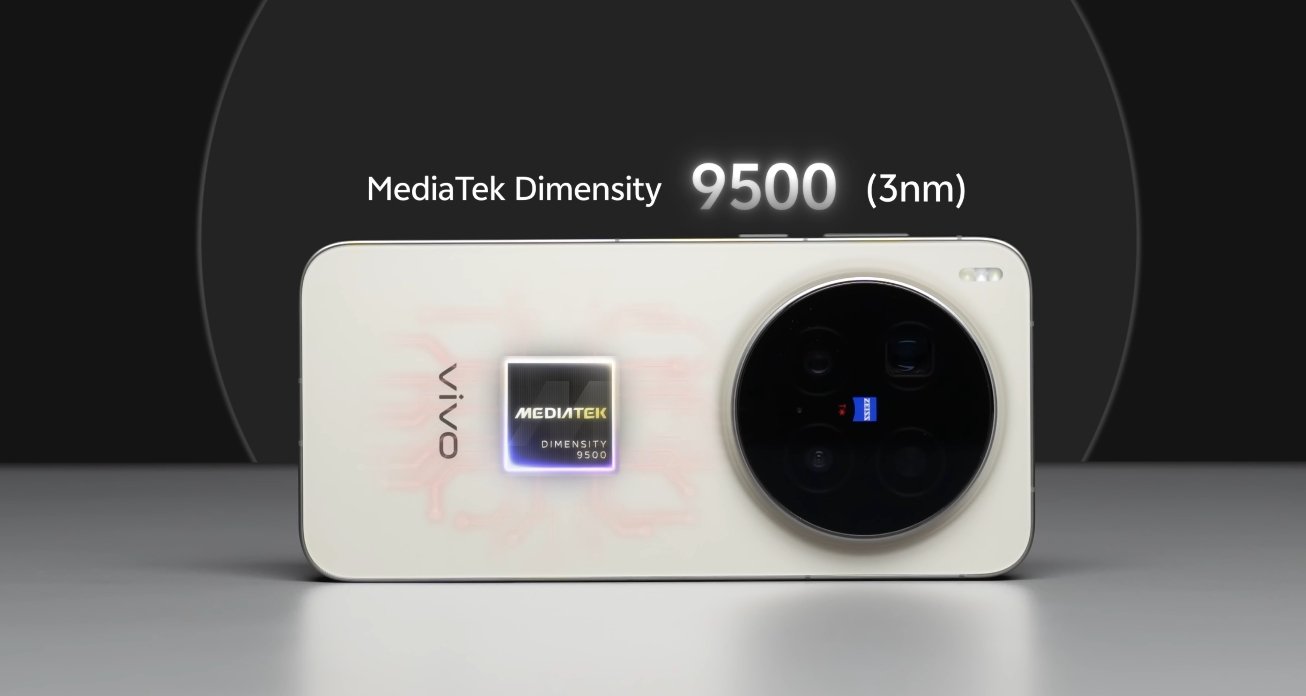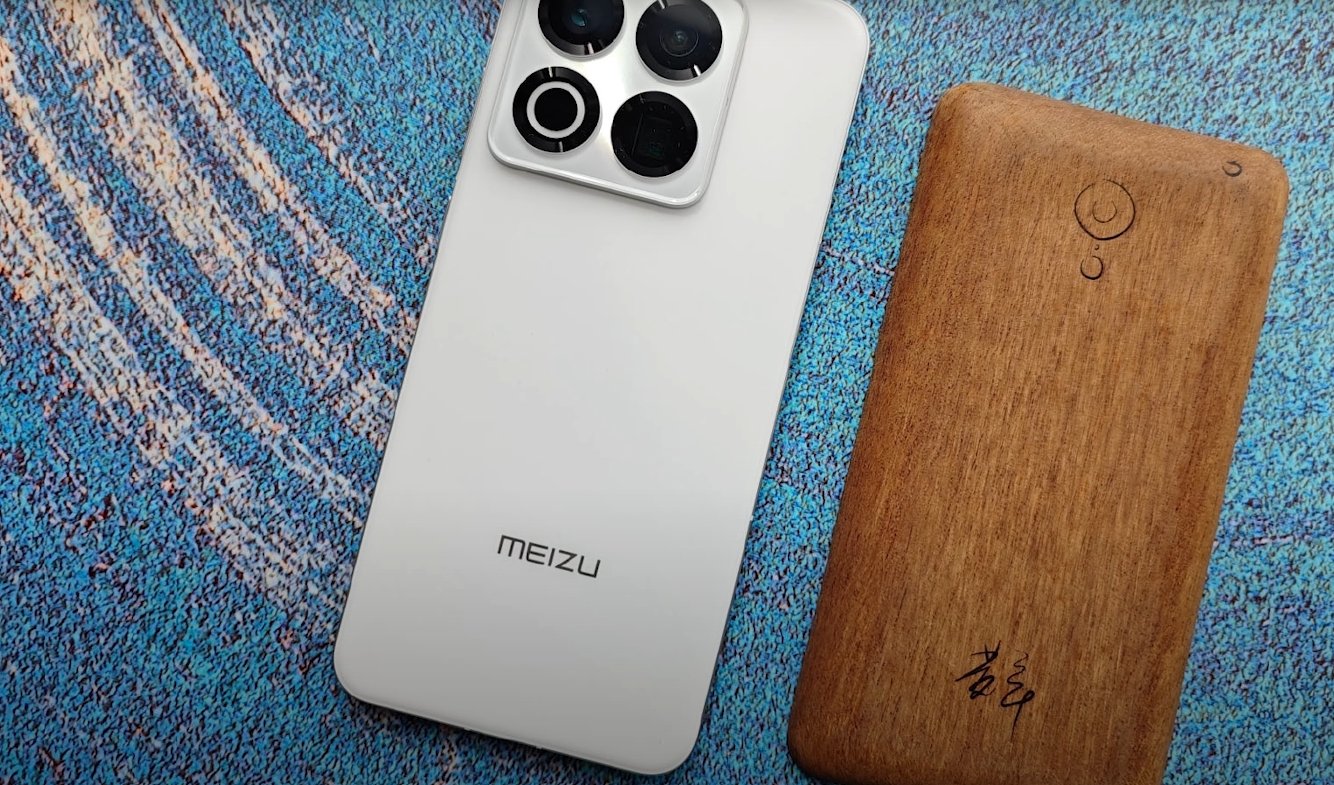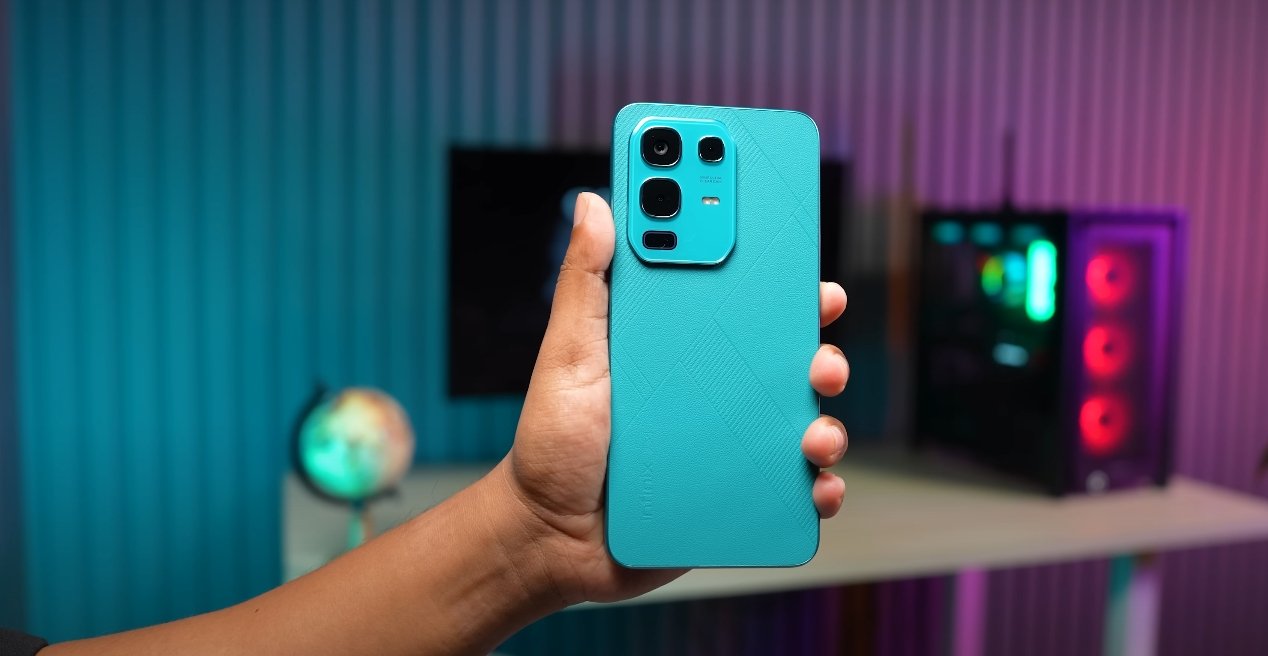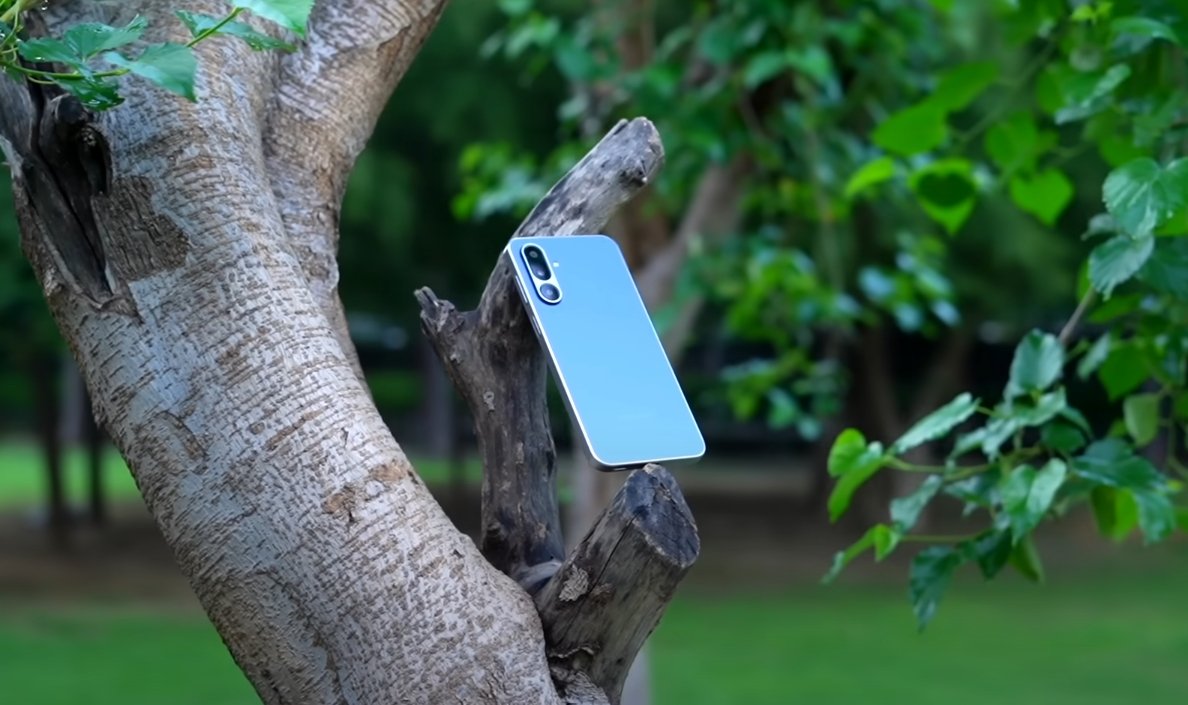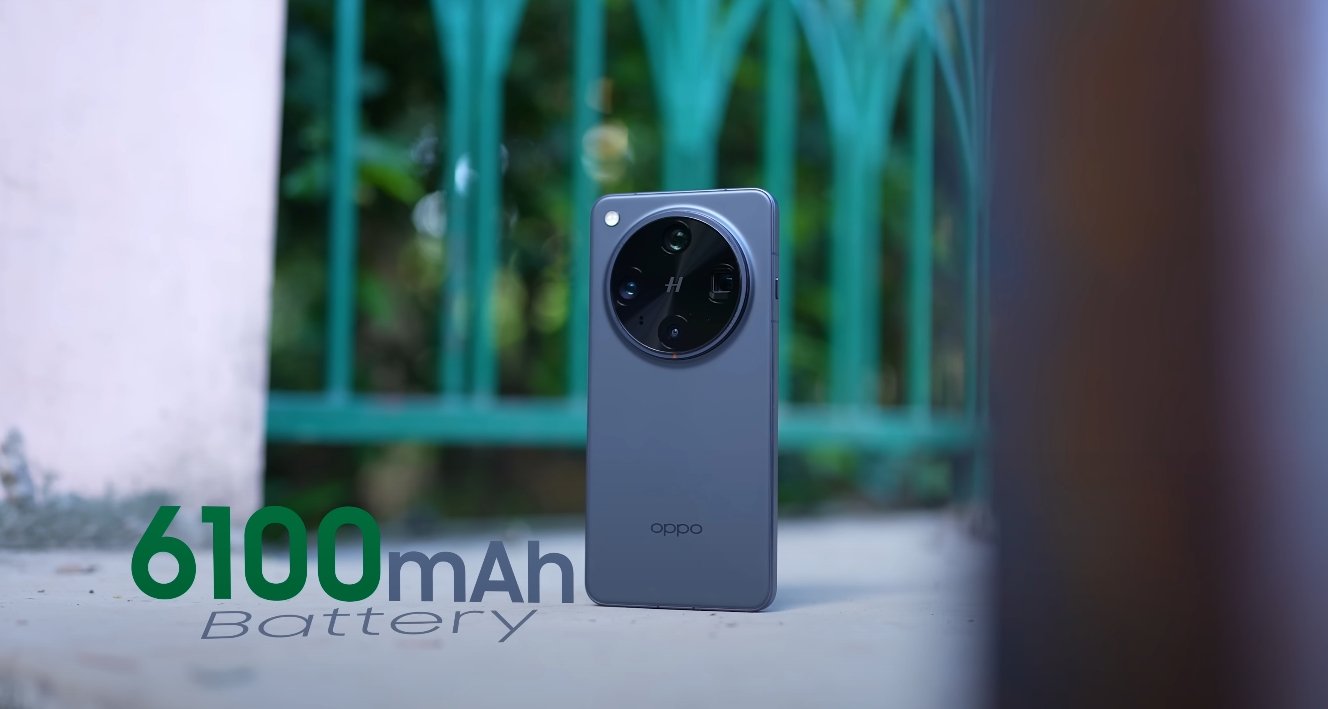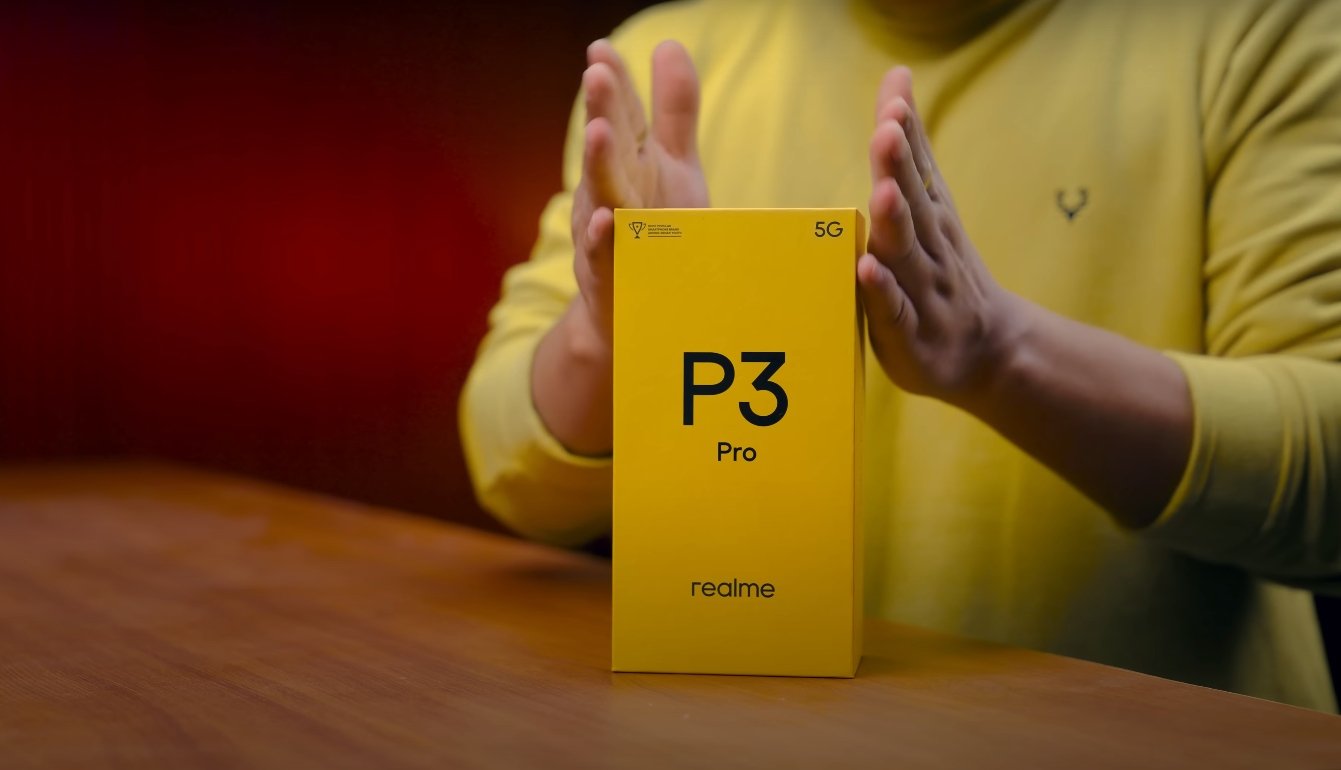Comparing Vivo X300 Pro and Xiaomi 15 Ultra Cameras in Real-World Use
The Vivo X300 Pro and Xiaomi 15 Ultra are two of the most talked-about flagship smartphones of 2025, both offering advanced camera systems designed to appeal to photography enthusiasts and casual users alike. A real-world comparison of these devices highlights their respective strengths and differences, providing a clear understanding of which device excels in everyday photography scenarios.
The Vivo X300 Pro features a triple-camera setup co-engineered with ZEISS. It includes a 50MP main sensor, a 50MP ultra-wide lens, and a 200MP periscope telephoto lens. The device also supports a Zeiss 2.35x telephoto extender, enhancing long-range photography. The camera system emphasizes sharp details, accurate colors, and high-quality zoom performance. Daylight images captured with the Vivo X300 Pro are vibrant and detailed, with the main sensor delivering clear portraits and natural tones. The ultra-wide lens maintains minimal distortion, making it suitable for landscapes and group photos, while the telephoto lens ensures distant subjects remain sharp and well-defined.
In contrast, the Xiaomi 15 Ultra uses a 50MP Leica-powered main sensor, a 50MP ultra-wide lens, and a 200MP telephoto sensor offering 4.3x optical zoom. Leica’s color science aims for natural and cinematic tones, appealing to users who prefer more neutral and balanced images. Daylight photos from the Xiaomi 15 Ultra display excellent dynamic range and consistent exposure. Its ultra-wide lens captures expansive scenes effectively, and the telephoto sensor performs well at moderate distances, although extreme zoom relies more on digital enhancement, slightly affecting image sharpness.

Low-light performance is a critical test for both devices. The Vivo X300 Pro excels in dim conditions, maintaining detail and reducing noise effectively across its camera array. The Zeiss telephoto extender adds flexibility for nighttime photography, allowing distant objects to remain clear. The Xiaomi 15 Ultra also performs strongly in low-light situations, leveraging its larger 1-inch main sensor to capture more light. While it produces slightly more noise in certain indoor scenarios, it still delivers bright, detailed shots with good color fidelity, making it reliable for evening or low-light captures.
Video capabilities of both devices are impressive. The Vivo X300 Pro supports 4K/60fps and 8K/30fps video recording, with 120fps options for slow-motion capture. Stabilization is smooth, and the combination of Zeiss optics and advanced image processing ensures cinematic-quality videos. The Xiaomi 15 Ultra matches these features with 4K/60fps, 8K/30fps, and 120fps recording, benefiting from Leica color tuning for a natural and cinematic feel. Both devices allow users to produce high-quality video content suitable for social media or professional use, with differences primarily in color science and visual style.
The user experience in real-world use also differentiates the two devices. The Vivo X300 Pro offers an intuitive camera app with easy access to all shooting modes, making it approachable for casual users while still providing advanced settings for enthusiasts. Its ergonomic design makes it comfortable for extended photo sessions, and the telephoto extender adds a DSLR-like element to long-range photography. The Xiaomi 15 Ultra emphasizes manual controls and Pro modes, catering to users who want full control over exposure, focus, and color profiles. Its premium build ensures a solid feel during photography sessions, appealing to those who prioritize both performance and aesthetics.
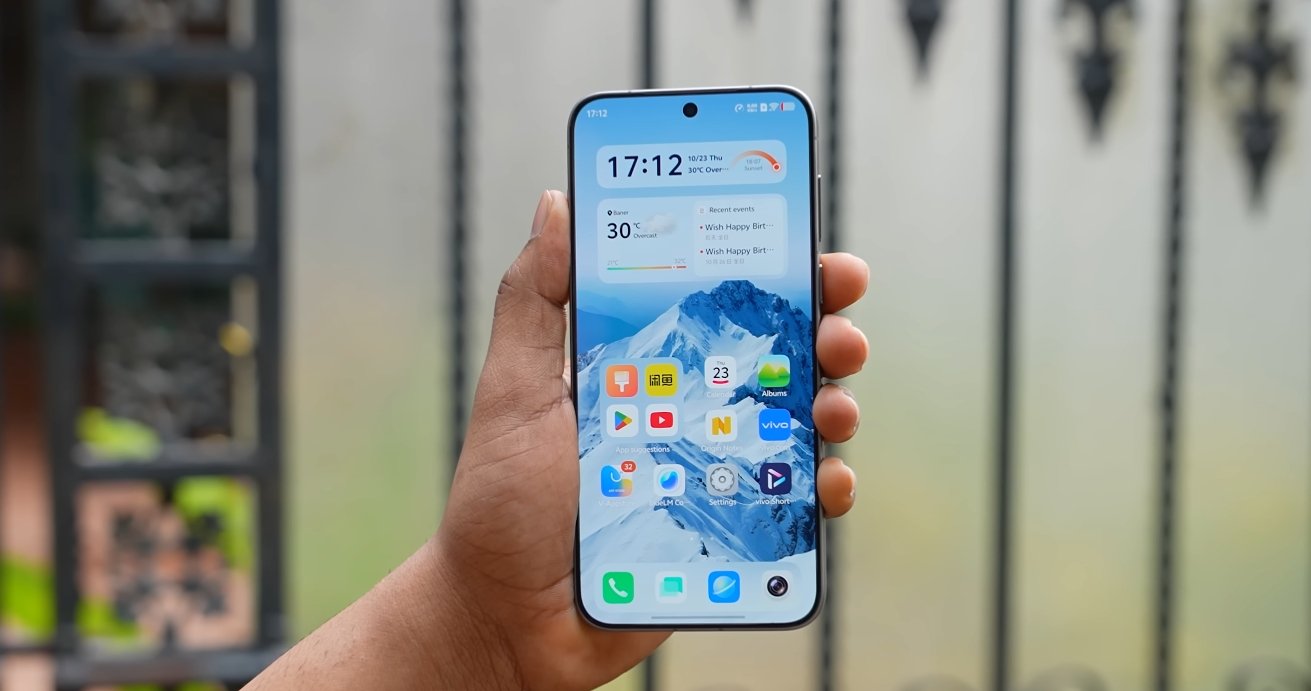
In conclusion, both the Vivo X300 Pro and Xiaomi 15 Ultra provide exceptional camera performance, each excelling in different areas. The Vivo X300 Pro is ideal for users who value sharp details, versatile zoom capabilities, and bright, vibrant images, particularly for distant subjects and dynamic scenes. The Xiaomi 15 Ultra appeals to those who prefer natural tones, cinematic color reproduction, and extensive manual controls, making it suitable for creative photography and professional-style captures. Ultimately, the choice between these two flagship devices depends on user priorities, whether that be long-range versatility, color fidelity, or a cinematic photography experience. Both smartphones represent the forefront of mobile imaging in 2025, delivering impressive results in everyday real-world use.
